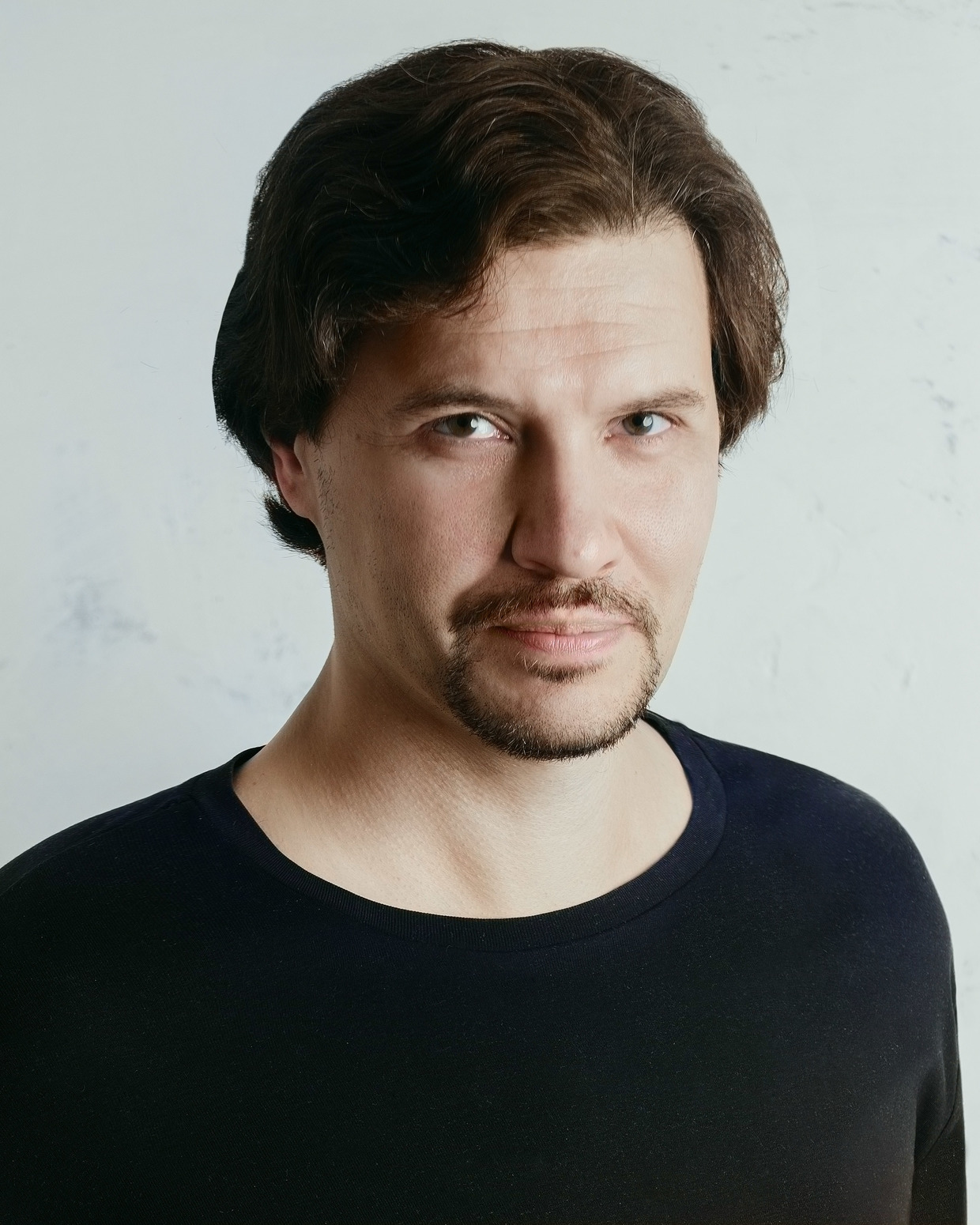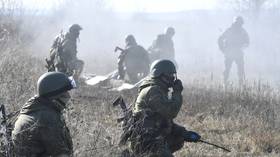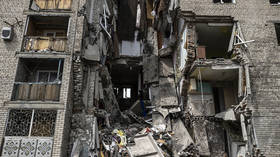Sergey Poletaev: Why the battle for a ‘strategically unimportant’ town may decide the outcome of the Ukraine conflict
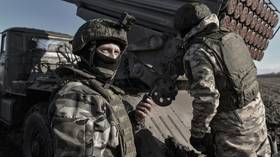
Since the beginning of the year, the Ukrainian front has been shrouded in a deceptive silence. Various insiders and anonymous sources predicted a looming large-scale offensive by the Russian Armed Forces. First expected around New Year, it was then anticipated in early February, and again around February 24 – the anniversary of Russia’s attack, last year. Days came and went, but nothing happened.
With the arrival of spring, there has been talk of an equally imminent offensive – but this time by the Armed Forces of Ukraine (AFU) in the south. Allegedly, the plan of the AFU is to break through to the Sea of Azov and cut off the land corridor to Crimea. Any success or failure in this direction will make a considerable strategic impact. If the estimates are correct, Kiev is preparing new military units and stocking up on Western weapons –including the widely discussed British tanks and depleted uranium shells to go with them– precisely for this endeavor.
However, in contrast to widespread opinion, Ukraine’s permanently ongoing mobilization is not being conducted to expand the army – the new recruits only make up for the losses. Estimates show that the number of service personnel in the AFU remains stable at about 400,000 active fighters.
Considering the importance of the southern direction of the front, the Russian Armed Forces will either hold defense or cut off a possible Ukrainian breakthrough with counterattacks. This requires appropriate forces, shells, and equipment, as well as advance preparation.
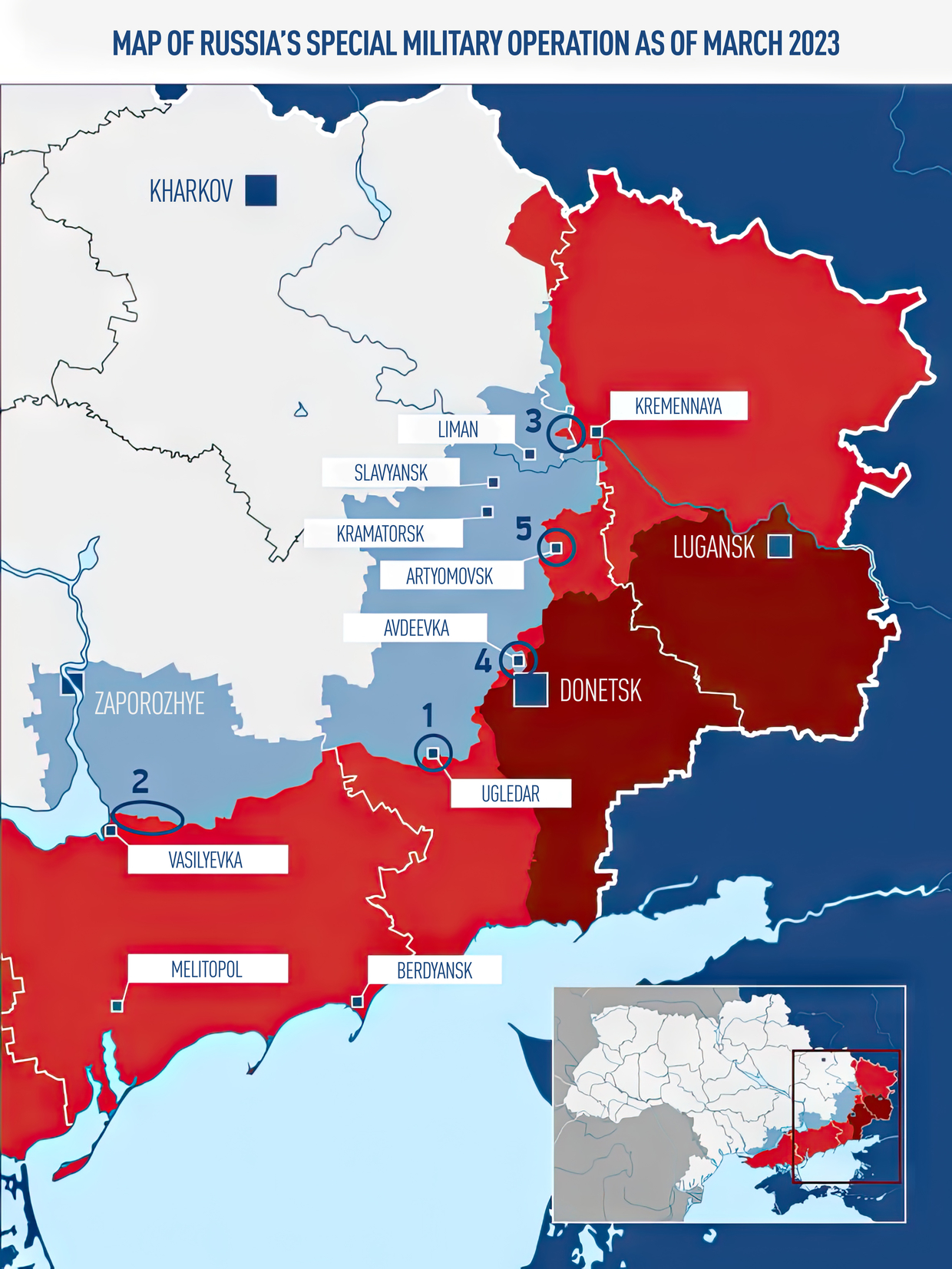
Russia’s intentions are quite serious. This is evident from its goal of capturing the city of Ugledar [“1” on the map] – a fortress in the area of the AFU’s possible breakthrough. Having Ugledar under Russian control is important since it would create a threat for the advancing units. A similar offensive has been carried out in the western section of the front in the Zaporozhye region, north of Vasilevka [“2” on map]. The Armed Forces of the Russian Federation captured several small towns there in January. As is evident from the serious work done on the construction of defensive lines, Russia will not retreat from Melitopol and Berdyansk as easily as it backed out of Izium or Kherson. This time, the stakes are too high.
In the northern and central sections of the front, there are ongoing battles along several lines.
In recent weeks, the Russian army has been successful in the area of Kremennaya [“3” on the map] and managed to advance six or seven kilometers (a good indicator for a static front line) towards the city of Liman, which it retreated from last October. Liman is located on the territory of the Donetsk People’s Republic, so Russia would need to take it in any case, as it's claimed as Moscow's territory. However, the Russian Army’s breakthrough area here is relatively narrow and this makes it vulnerable to flank attacks.
Battles for the suburbs of the city of Donetsk, ongoing since the beginning of the military offensive, have finally begun to bear fruit. In recent weeks, the Russian Armed Forces have partially surrounded Avdeevka [“4” on the map]. This place is particularly important since the AFU have been launching attacks on Donetsk from this spot for the past four years. In order to stop the constant shelling of the city from barrel artillery and “Grad” rocket launchers, the front line must be moved at least several dozen kilometers away from Donetsk.
Apparently, these advances have become possible due to the battles for Artyomovsk (Bakhmut) [“5” on the map] which have helped to drain Ukraine’s forces. By itself, Artyomovsk holds no strategic importance – it is just one of the many cities in Donbass that still need to be taken. That’s why in a sense, Moscow decided to “outsource” this painstaking, dirty, and bloody work.
The Popasnaya-Soledar-Artyomovsk sector was originally assigned to the PMC Wagner Group, headed by Evgeny Prigozhin. All battles require supplies, which are provided to fighters based on preliminary planning. When the Wagner Group was successful in combat, and even exceeded expectations, that momentum had to be backed. However, Wagner could not do this alone – the group does not have enough reserves and receives supplies from the Russian Ministry of Defense.
This issue has been the cause of a recent conflict between the Wagner Group and officials. The latter basically said: sorry, but our shells and reinforcement are limited and are needed in such-and-such a location; we give you everything we agreed on but we can't give you more. The reasoning is quite logical, especially if it’s true that the General Staff is accumulating reserves in the south. However, by making the scandal public, Prigozhin finally got what he wanted, both in terms of the necessary supplies and flank reinforcement.
For Kiev, Artyomovsk doesn't hold a particular strategic significance either. It borders the agglomeration of Slavyansk-Kramatorsk which is a lot larger, more fortified, and is located on a hill. So far, there's been no talk about any battles there.
However, Kiev is convinced that it can’t surrender an inch of land to the enemy – the success of its war propaganda, ongoing military supplies from the West, and ultimately Zelensky’s grip on power, all depend on it.
Therefore, the Armed Forces of Ukraine continue the pointless (from the military point of view) defense of Artyomovsk.
However, as more forces and equipment are pulled to Artyomovsk, the situation around it is changing – the sector is becoming strategic merely because of its scale. If, as some sources say, the AFU have really pulled tens of thousands of people to the area and are preparing a counteroffensive, it’s no longer just Prigozhin’s problem, or the challenge of capturing a single town. If the Wagner group becomes encircled, the front lines could collapse for tens of kilometers and result in the AFU’s deep breakthrough to the east.
Russia’s General Staff and supreme command now face a tough decision: should they reinforce Artyomovsk and thus weaken the southern front (which is a lot more significant), or vice versa? Will the AFU completely abandon the southern offensive in favor of Artyomovsk, or will they take advantage of Russia’s transfer of forces and break through to the Sea of Azov? And what if the enemy has enough power for two strategic offensives? After all, they are the ones who choose the time and place of attack and thus have the chance to amass superior forces in a small area.
The outcome of the campaign – and, perhaps, of the entire conflict – depends on choices like these.
